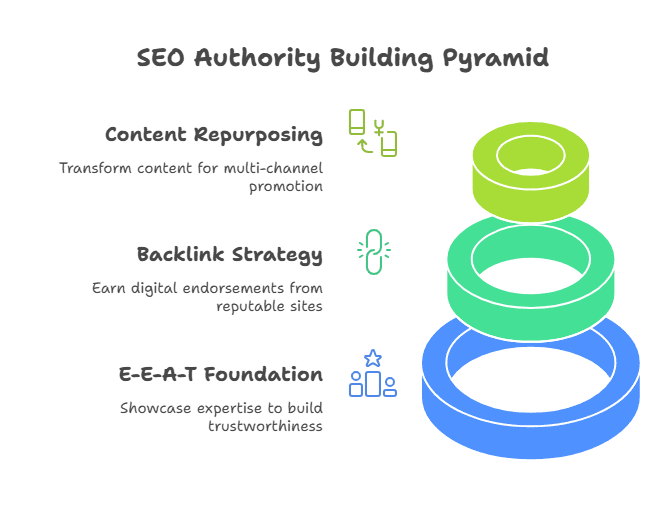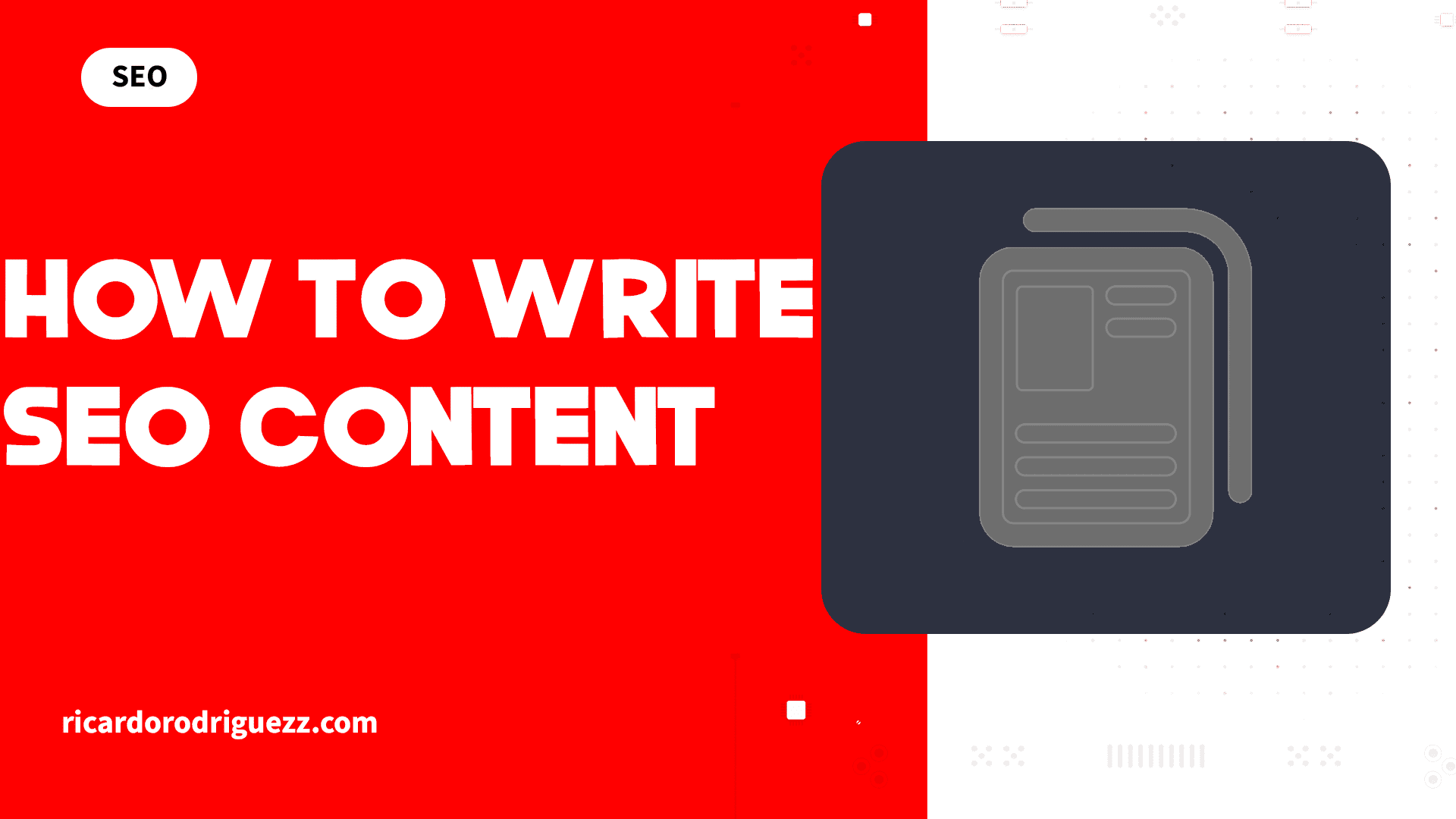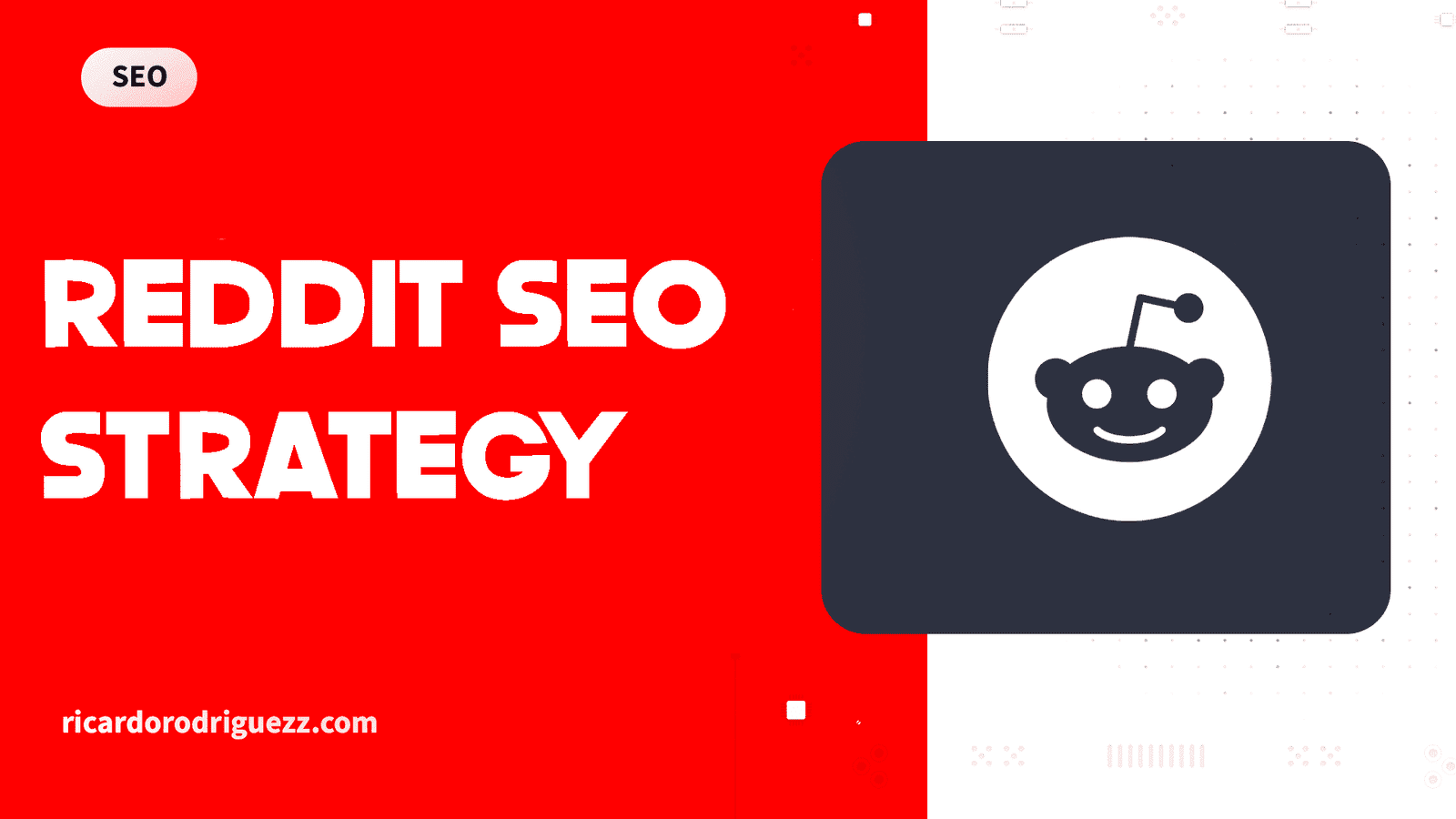Ranking #1 on Google in 2025 isn’t about luck—it’s about how to write SEO content that strategically targets keywords, matches user intent, and outsmarts your competition. In this guide, you’ll learn the step-by-step process used by experts to craft blogs, service pages, and landing pages that dominate search engines year after year.
We’ll break down the three critical stages of search engine optimization:
- Keyword Research: Identifying high-traffic, low-competition phrases (like “SEO content writing” or “creating SEO content”) using tools like SEMrush.
- Intent Mapping: Structuring your content to mirror what Google’s top results prioritize—whether it’s informational guides, comparison articles, or commercial landing pages.
- On-Page SEO: Optimizing headers, meta tags, and schema markup to boost rankings while keeping readers engaged.
By the end, you’ll know how to align your SEO content with the marketing funnel, leverage domain authority, and avoid outdated tactics that waste time. Let’s dive into the 2025 blueprint for search engine optimization writing that drives traffic and conversions.
What is SEO Content Writing?
SEO content writing is the process of creating quality content strategically designed to rank on search engines for specific search queries, while also delivering value to readers. Unlike traditional writing, it’s a blend of art and science: you’re crafting blog posts, web pages, or guides that answer user intent and optimize elements like keywords, headers, and meta tags to attract more traffic.
The goal isn’t just clicks—it’s using that traffic to generate leads, conversions, or sales. For example, a law firm ranking for “car accident lawyer near me” isn’t just chasing visibility—they’re tailoring content to attract local clients ready to hire. In short, SEO content writing turns organic search into a growth engine by aligning what users need with what search engines reward.
Why SEO Content Marketing is Non-Negotiable in 2025
In 2025, SEO content marketing isn’t optional—it’s survival. With search engines prioritizing content that perfectly aligns with search intent, businesses can’t afford to gamble on generic blogs or guesswork. The rise of AI-driven search results (like Google’s AI Overviews) means only content that answers search queries with precision will rank.
This starts with keyword research: identifying phrases your audience actually uses and analyzing whether the intent is informational (TOFU), comparative (MOFU), or commercial (BOFU). Without SEO writing strategies that map to these stages, you’re creating content in the dark. Worse, competitors leveraging topical authority and intent-focused structures will siphon your traffic.
Finding High-Intent Keywords For SEO Articles
Uncovering relevant keywords that align with your audience’s needs starts with keyword research—a process that’s equal parts data and intuition. Start by identifying relevant keywords that align with your audience’s needs, whether informational, commercial, or transactional. SEO tools like SEMrush analyze search results to highlight high-potential phrases, balancing search volume and competition. This data-driven approach ensures you prioritize terms your audience uses, not just generic guesses.
Next, refine your list by filtering keywords that match your content’s purpose—long-tail phrases often signal specificity and conversion-ready intent. Finally, apply keyword optimization by weaving these terms naturally into headers, meta descriptions, and body content. This strategy not only satisfies users but also signals to algorithms that your content merits higher search engine rankings. By bridging user needs with technical precision, you avoid creating content that disappears into the void.

Aligning Keywords with the Marketing Funnel
A strategic SEO strategy demands mapping keywords to your audience’s journey—attracting strangers at the top, nurturing prospects in the middle, and converting buyers at the bottom. By aligning valuable content with intent at each stage, you amplify relevance, improve search rankings, and avoid competing for mismatched traffic.

Top of Funnel (TOFU)
TOFU targets users in the awareness phase, using broad informational intent keywords to educate and attract. Think in-depth blog posts or guides answering “what” or “why” questions, designed to pull in early-stage researchers. Here, prioritize related keywords with high search volume but lower competition, ensuring your target audience discovers foundational insights. For example, a cybersecurity brand might focus on explaining concepts like “data encryption basics” to build trust before pitching services.
Middle of Funnel (MOFU)
MOFU content addresses users comparing solutions, leveraging secondary keywords that signal evaluation intent (e.g., “best,” “vs.,” or “how to choose”). This stage focuses on creating content like case studies or comparison guides to showcase expertise and differentiate from competitors. Use tools like SEMrush to identify gaps in competitors’ strategies and optimize for terms your audience uses to weigh options. A fitness brand, for instance, might target queries like “home vs. gym training effectiveness” to engage readers narrowing their choices.
Bottom of Funnel (BOFU)
BOFU aims to convert ready-to-act users by targeting competitive keywords with clear commercial intent. Landing pages, service descriptions, and testimonials dominate here, optimized for urgency and conversion. Refine your SEO writing process to emphasize scarcity, ROI, and social proof while integrating transactional phrases. For example, a SaaS company might optimize for queries like “enterprise CRM pricing plans” with feature breakdowns and tailored CTAs.
How to Write SEO Content That Engages and Ranks
Creating content that ranks and resonates demands a blend of SEO writing precision and reader-first storytelling. From headlines that hook clicks to formatting that keeps eyes glued, every detail impacts whether search engines like Google reward your work or bury it in obscurity.
Crafting Headlines for Click-Throughs
Your headline is the gateway to SEO traffic. Start by embedding your target keyword naturally (e.g., SEO writing tips or organic traffic strategies), but prioritize clarity over forced optimization. Tools like Ahrefs or SEMrush analyze top-performing headlines in your niche, revealing patterns like power words (“Proven,” “Ultimate”) or emotional triggers (“Avoid Costly Mistakes”). A/B testing variants like “How to Write SEO Content That Ranks” vs. “Rank #1 on Google: SEO Content Secrets” helps refine what resonates with your audience. Remember: headlines that earn clicks also reduce bounce rates, signaling to search engines like Google that your content delivers value.
Formatting for Readability and SEO
Even the most insightful writing content fails if it’s unreadable. Break long paragraphs into 2-3 lines, use bullet points for lists, and deploy subheadings (H2/H3) to guide readers through sections like incorporating SEO or keyword stuffing avoidance. Strategically add internal links to related articles (e.g., your guide to keyword research) to keep users engaged and distribute page authority. Tools like Hemingway Editor flag complex sentences, while Yoast SEO checks keyword density—ensuring your content stays human-first. For search engines like Google, this balance of readability and technical polish means higher rankings and sustainable organic traffic.
On-Page SEO Content Optimization Checklist
A bulletproof checklist starts with keyword search to identify terms aligned with search intent, filtering out those with unsustainable keyword difficulty for your domain. Integrate multiple keywords naturally—primary phrases in headers and opening paragraphs, secondary terms in subheadings and body text—to signal topic depth without overloading.
Write meta descriptions that blend your focus keyword with actionable CTAs (e.g., “Learn how to…” or “Discover X tips”) to boost click-through rates. Add internal links to other pages that expand on subtopics, like linking a blog on “keyword research tools” to a guide on “SEO content strategy.” Finally, audit existing pages to ensure content still matches intent (e.g., commercial keywords direct to service pages, not blogs). This holistic approach turns on-page SEO into a conversion machine.
SEO Content Optimization Beyond Keywords
While keywords anchor your strategy, modern SEO demands technical precision to amplify your content’s reach. From page speed to structured data, these elements ensure your work stands out in a crowded digital landscape.
Page Speed & Core Web Vitals
Google prioritizes pages that load fast and offer smooth experiences. Slow-loading pages frustrate users and hurt rankings—even with perfectly optimizing content. Tools like Google PageSpeed Insights identify issues like bloated images or render-blocking code.
For instance, a blog post might have a perfect keyword search alignment, but a poor Largest Contentful Paint (LCP) score buries it on page 2. Fixing these issues (e.g., compressing images, lazy-loading videos) ensures your multiple pages meet Core Web Vitals benchmarks. Remember: speed isn’t just technical—it’s UX, and Google rewards sites that keep visitors engaged.
Schema Markup For Increase Chances When Ranking For Featured Snippets
Schema markup helps search engines understand your content’s context, boosting chances to secure featured snippets. For example, adding FAQ schema to a post structures answers into digestible chunks, making it easier for Google to pull into Position 0. Use tools like Merkle’s Schema Markup Generator to tag articles, how-tos, or product pages. Pair this with optimizing content for direct answers, and you’ll dominate snippets that drive passive SEO traffic while strengthening topical authority.
Mobile-First Indexing Best Practices
With Google’s mobile-first indexing, your pages must render flawlessly on smaller screens. Start with responsive design—text, images, and internal links should adapt without distortion. Simplify navigation: hamburger menus and clickable CTAs outperform desktop-style layouts. Test mobile usability via Google Search Console, ensuring optimizing content (like font sizes and tap targets) aligns with mobile behaviors. For example, a guide to keyword search tools should avoid multi-column tables that collapse on phones. Prioritize fast-loading AMP versions for multiple pages targeting high-intent keywords, and watch rankings climb.
Building Authority with SEO Content Marketing
True SEO dominance isn’t just about rankings—it’s about becoming a trusted resource in your niche. A strategic SEO strategy blends high-quality writing content, ethical outbound links, and multi-channel content promotion to cement your specific website as a go-to destination for your audience.

Leveraging E-E-A-T (Expertise, Experience, Authority, Trustworthiness)
Google rewards content that showcases firsthand expertise. For example, a cybersecurity firm writing about “preventing ransomware attacks” should cite real-world case studies, include credentials (e.g., certifications), and link to reputable outbound links like FBI guidelines.
Demonstrate Experience by sharing client results or behind-the-scenes workflows. Boost Authority by guest posting on industry sites or earning backlinks from .gov/.edu domains. Always prioritize accuracy—fact-check stats, update outdated guides, and avoid unsupported claims. This builds Trustworthiness, which Google’s algorithms increasingly prioritize in organic search rankings.
Gaining Backlinks To Increase Trust and Authority
Backlinks are digital endorsements. Start by writing content that solves unique problems—think “2025 SEO trends report” or “data-driven guide to content ROI”—then actively pitch it to relevant blogs, podcasts, or journalists. Tools like HARO connect you with reporters seeking expert insights, while content promotion via LinkedIn or niche forums amplifies visibility.
For instance, a specific website targeting “AI copywriting tools” could collaborate with influencers to review their product, earning contextual backlinks. Remember: quality trumps quantity. A single backlink from a top-tier site like Forbes outweighs dozens of spammy directory links.
Repurposing Content into Videos, Podcasts, and Social Snippets
Maximize your SEO strategy’s ROI by transforming blogs into YouTube tutorials, LinkedIn carousels, or podcast episodes. For example, a 3,000-word guide on “organic search optimization” becomes a 10-minute video summary, a Twitter thread highlighting key stats, and a downloadable checklist. Host these on your specific website (e.g., embedding videos in related blog posts) to keep traffic centralized.
Share snippets with outbound links to your site across Pinterest, Reddit, or TikTok, tailoring formats to each platform’s audience. This multi-channel content promotion reinforces your authority while driving referral traffic and social signals that boost rankings.
Conclusion
Mastering how to write SEO content that ranks requires aligning intent, technical precision, and reader-first value. By implementing the strategies above—from keyword research to E-E-A-T optimization—you’ll create content that dominates search engines and converts visitors. But SEO isn’t a “set it and forget it” game. If you’re ready to scale your results and future-proof your strategy, partner with an experienced SEO consultant. Together, we’ll refine your content, crush competitors, and turn organic search into your most reliable growth channel.







